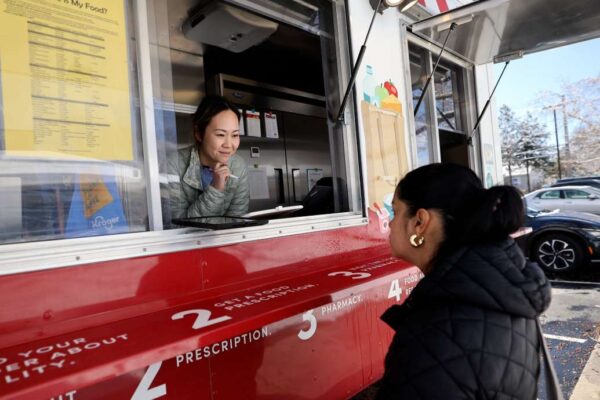4/22/2024 –
Abstract
Introduction US Department of Agriculture (USDA) Gus Schumacher Nutrition Incentive Programme (GusNIP) produce prescription programme (PPR) ‘prescriptions’ provide eligible participants with low income, risk for diet-related chronic disease and food insecurity a healthcare issued incentive to purchase lower to no cost fruits and vegetables (FVs). However, GusNIP requirements specify that PPR prescriptions can only be redeemed for fresh (not frozen, canned or dried) FVs. This requirement may prevent participants from fully engaging in or benefiting from GusNIP PPR, given communities with lower healthy food access may have reduced fresh FV accessibility.
Methods and analysis We will use the nationally representative 2012–2013 National Household Food Acquisition and Purchase Survey (FoodAPS) and complementary FoodAPS Geography Component data in a secondary data analysis to examine how household GusNIP PPR eligibility relates to the quantity and variety of fresh, frozen, canned and dried FV purchases and to what extent individual, household and food environment factors shape the relationship. FoodAPS data include household food purchasing and acquisition information across a 7 day period from 14 317 individuals among 4826 households and was collected between April 2012 and January 2013. The FoodAPS Geography Component provides information about the local community/environment relative to FoodAPS households. This study will examine the correlation or association of selected variables between different quantities and varieties of fresh, frozen, canned and dried FVs, as well as correlations among multilevel predictors.
Ethics and dissemination We are following data integrity standards as outlined by agreements with the USDA Economic Research Service. All results of analyses will undergo a thorough disclosure review to ensure no identifiable data are shared. Results will be disseminated to research, practice and policy communities using an Open Access peer-reviewed manuscript(s), scientific and practice presentations, and a public facing report and infographic.
This is an open access article distributed in accordance with the Creative Commons Attribution Non Commercial (CC BY-NC 4.0) license, which permits others to distribute, remix, adapt, build upon this work non-commercially, and license their derivative works on different terms, provided the original work is properly cited, appropriate credit is given, any changes made indicated, and the use is non-commercial.







